If you purchased a Vizio TV in California after April 30th, 2014, you might be entitled to compensation.
Vizio has agreed to pay $3 million following a 2018 class action lawsuit that accused the company of “false and deceptive” marketing regarding 120Hz and 240Hz “effective” refresh rates.
Although Vizio denies any wrongdoing, the settlement requires the company to make these payments.
To file a claim, you must do so by March 30th of next year, and you will need to provide some proof of ownership, such as a receipt or the TV’s serial number.
In addition to compensating verified claims, Vizio has agreed to “stop the advertising practices” in question and “provide enhanced services and a limited one-year warranty to all Settlement Class Members,” according to the details provided on the claims filing website.
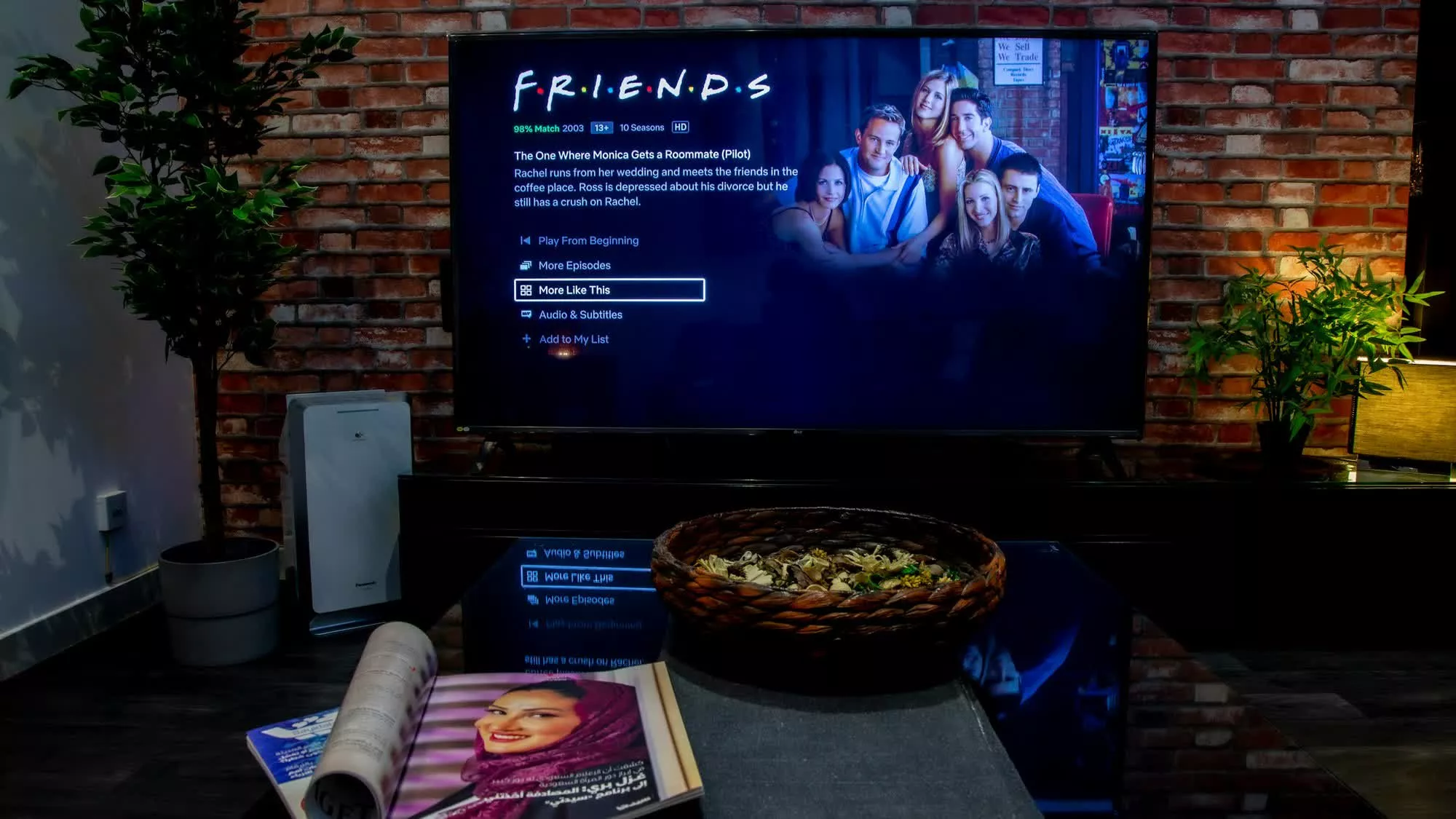
The long-form notification states that claims apply to any Vizio TV purchased between April 30th, 2014, and the final approval of the settlement, which is scheduled for a hearing on June 20th, 2024.
TV manufacturers, including Vizio, often use terms like “effective refresh rate” in their marketing to describe motion smoothing features, commonly referred to as the “soap opera effect.”
These features are designed to reduce motion blur on modern TVs. However, the terminology can be misleading, as it may suggest to consumers that the TV offers a higher native refresh rate—often just 60Hz in reality.
To add to the confusion, each manufacturer uses its own term for motion smoothing, making it challenging for consumers to turn off the feature.
In fact, we’ve even written a guide on how to disable motion smoothing on many popular TV brands because it can be so difficult to manage.


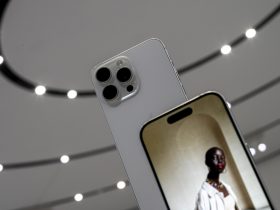
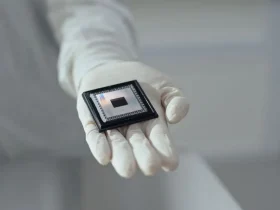
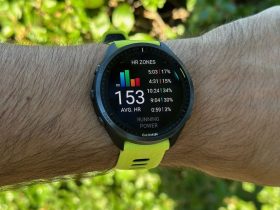

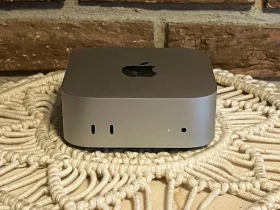
Leave a Reply